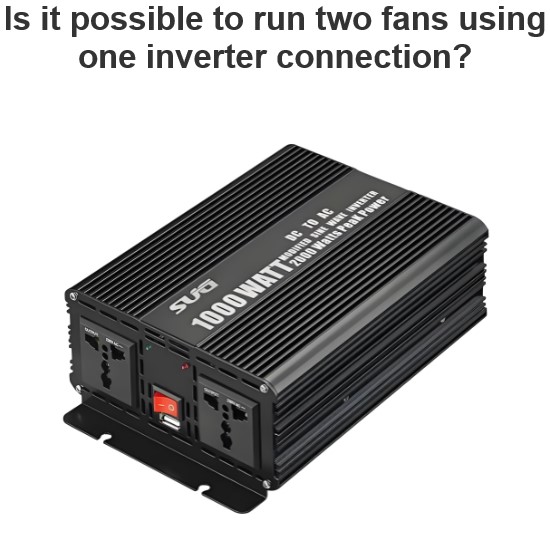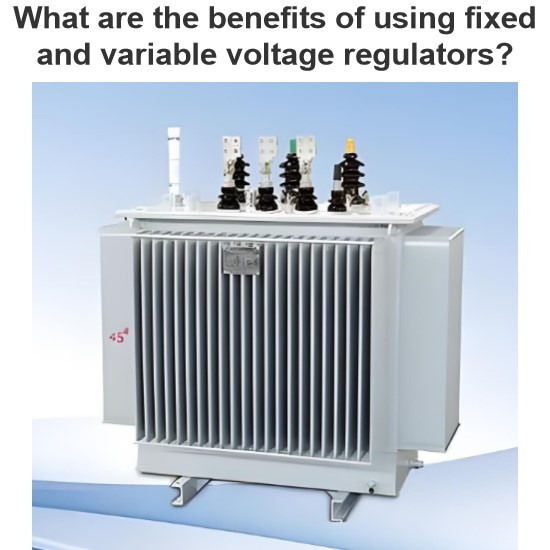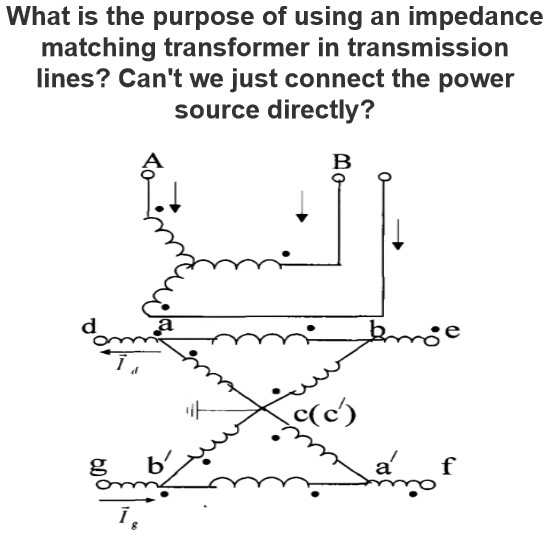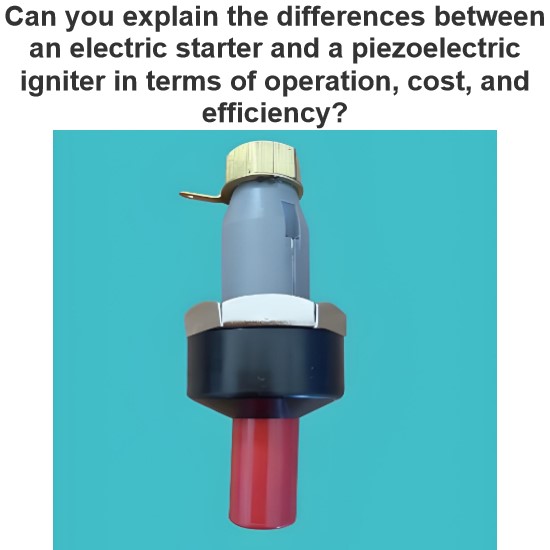Is it possible to use a step down transformer as a step up transformer?
A step-down transformer (designed to reduce voltage) and a step-up transformer (designed to increase voltage) share a similar basic structure, both consisting of primary and secondary windings. However, their intended purposes differ. While it is theoretically possible to use a step-down transformer in reverse as a step-up transformer, there are several drawbacks associated with this approach:
Advantages (Note: This primarily refers to the possibility of reverse usage)
Reverse Usage: Physically, a step-down transformer can be used in reverse as a step-up transformer by connecting the high-voltage side as the low-voltage input and the low-voltage side as the high-voltage output.
Disadvantages
1. Design Optimization Differences
Turns Ratio: Step-down transformers are designed to reduce voltage, so the secondary winding has fewer turns than the primary. When used in reverse, the secondary becomes the primary, and the winding with more turns becomes the secondary, resulting in a non-optimal step-up ratio.
Insulation Requirements: Step-down transformers are typically designed with insulation for the low-voltage side. When used in reverse, the high-voltage side would require better insulation, which the existing design might not provide, increasing the risk of insulation breakdown.
2. Thermal Stability
Cooling Capacity: Step-down transformers are designed with cooling considerations favoring the low-voltage side due to higher currents. When used in reverse, the high-voltage side might lack adequate cooling, leading to overheating issues.
3. Magnetic Saturation
Core Design: Step-down transformers are designed for lower voltages and higher currents. When used in reverse, the higher voltage could lead to magnetic core saturation, affecting the transformer's performance.
4. Efficiency Loss
Copper Loss and Iron Loss: Step-down transformers are optimized for lower-voltage sides with higher copper losses and lower-voltage sides with lower iron losses. Using them in reverse could result in efficiency losses due to altered loss distributions.
5. Safety Issues
Electrical Shock Risk: When used in reverse, the originally low-voltage side becomes high-voltage, increasing the risk of electrical shock if proper safety measures are not implemented.
6. Mechanical Strength
Wire Strength: The low-voltage side of step-down transformers uses thicker wires to carry higher currents. When used in reverse, the high-voltage side's thinner wires may not withstand the higher voltages.
Considerations for Practical Applications
When considering using a step-down transformer in reverse as a step-up transformer, the following points should be considered:
Reassess Insulation Rating: Ensure that the original insulation rating is sufficient for the high-voltage side.
Improve Cooling Design: If the original design cannot meet the high-voltage side's cooling needs, additional cooling measures should be taken.
Adjust Core Design: As necessary, adjust or replace the magnetic core to accommodate the high-voltage side's working conditions.
Summary
While it is theoretically possible to use a step-down transformer in reverse as a step-up transformer, this approach is not recommended due to various drawbacks, including design optimization differences, thermal stability issues, magnetic saturation, efficiency losses, safety concerns, and mechanical strength limitations. The best practice is to use a transformer specifically designed for step-up applications to ensure system safety and efficiency.
The Electricity Encyclopedia is dedicated to accelerating the dissemination and application of electricity knowledge and adding impetus to the development and innovation of the electricity industry.




